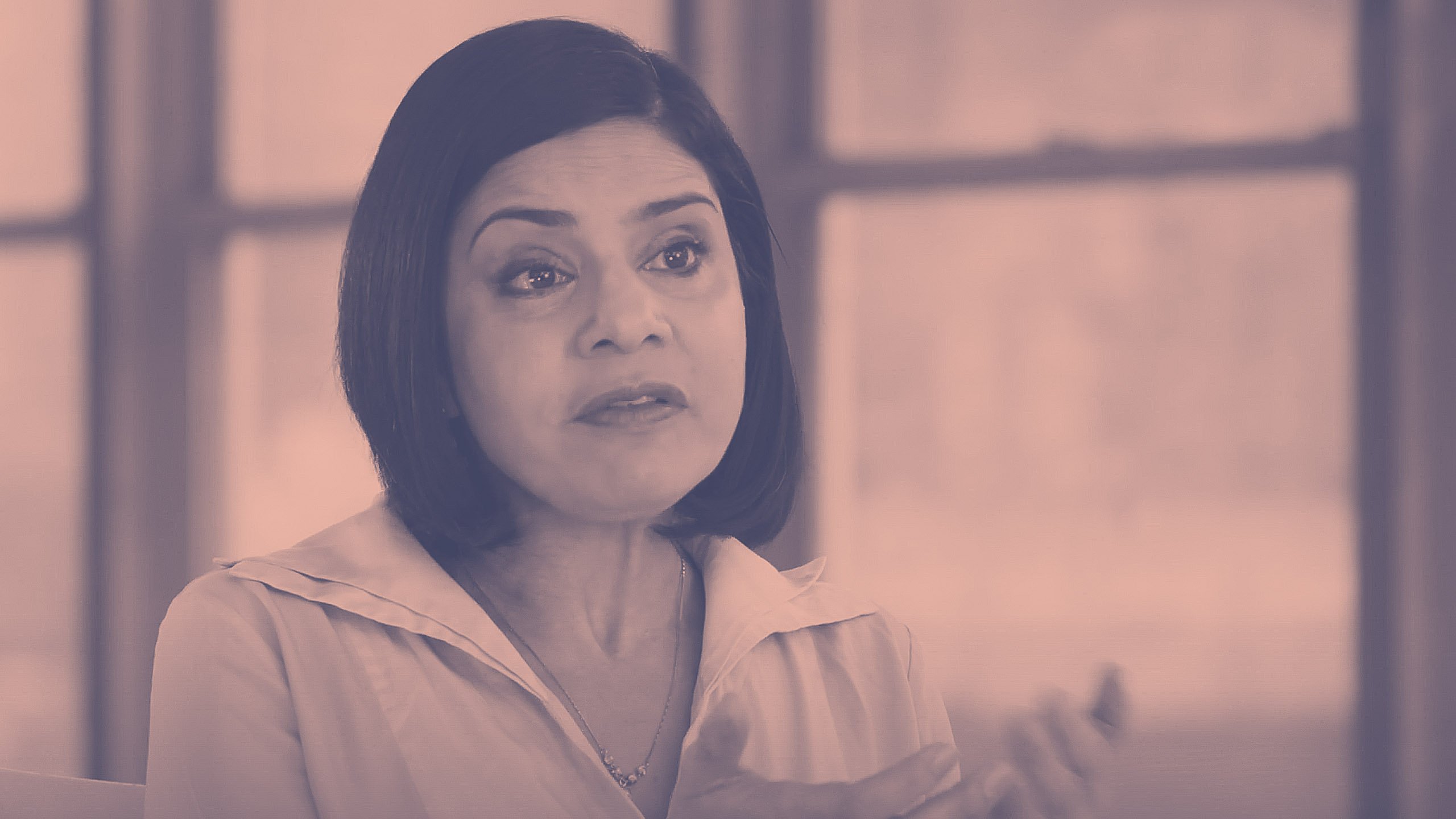You’ve been through the initial three drug therapy. You had a stem cell transplant. Now what do you do to make sure the myeloma doesn’t come back or flareup? The third step in treatment is called maintenance therapy, which maintains the myeloma at its depleted state for as long as possible.
"Maintenance is therapy is just that. It's maintaining the myeloma at a certain level, or maybe pushing it away, preventing it from growing," says Dr. Nina Shah, hematologist and myeloma expert at UCSF. Now that the first two phases have attacked the cancer, the third phase seeks to to maintain the depleted state of cancerous cells in the body for as long as possible.
Read MoreThrough continued treatment with Revlimid, the maintenance phase has been proven effective in keeping multiple myeloma at bay for long stretches of time. "We know that people who do this for a long timethree, four, five yearsactually live longer, and live longer without their disease, than people who don't," explains Dr. Shah. In addition, by continuing maintenance therapy, physicians can monitor the patient's myeloma for any early signs of recurrence.
Learn more about SurvivorNet's rigorous medical review process.





